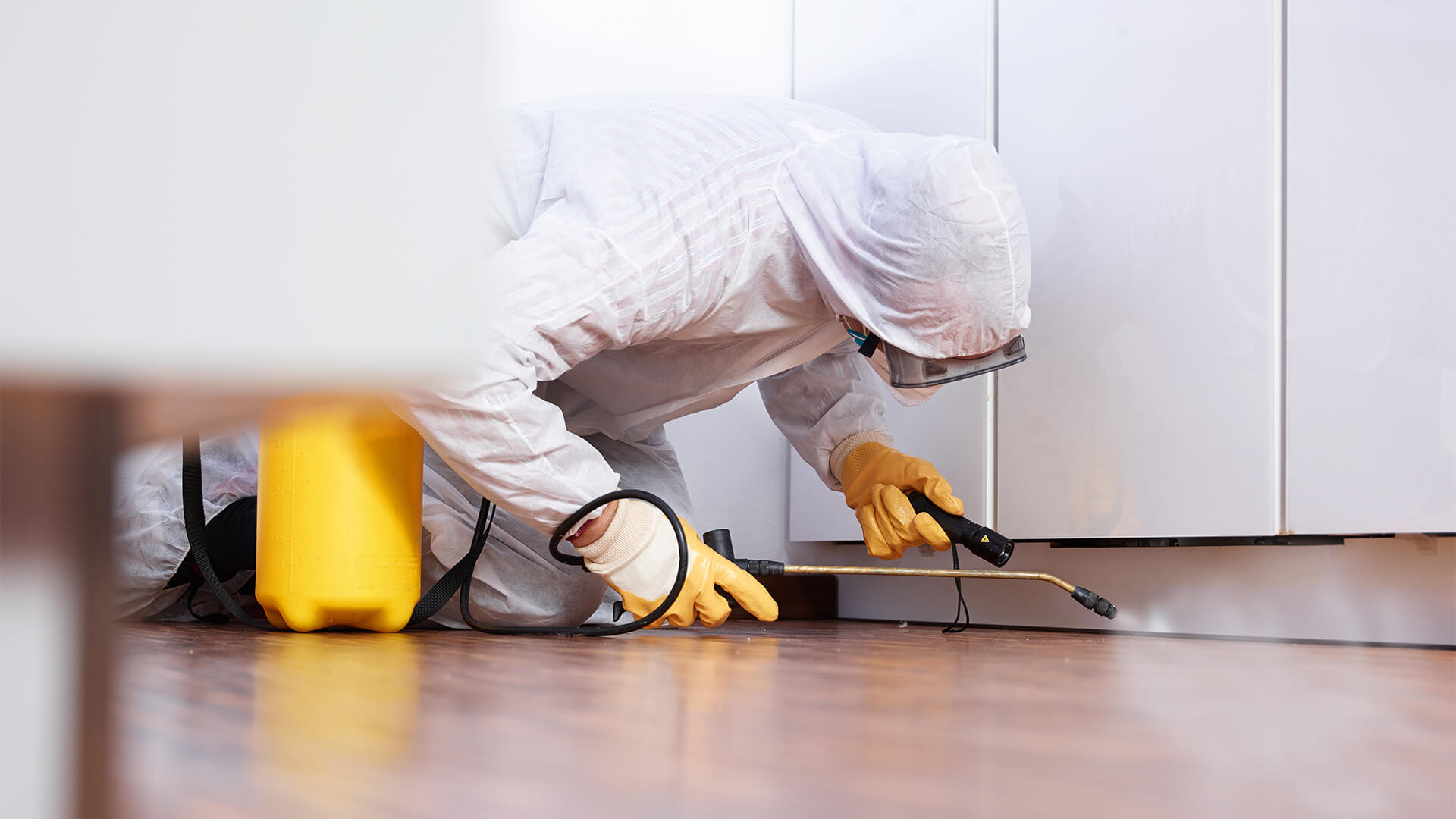Pest Control solutions to keep your space pest-free from harmful insects.
Eco-Friendly Parasite Control Approaches for Handling Wild Animals in Urban Locations
Urban areas usually locate themselves at the junction of human task and wildlife, leading to special obstacles in bug administration. These methods not only protect the environment but also boost neighborhood interaction in wildlife monitoring. As city populaces continue to grow, recognizing the characteristics of wildlife communications comes to be significantly critical.
Comprehending Urban Wildlife Characteristics
Comprehending Urban Wildlife Dynamics is crucial for creating effective and green insect control methods. Urban areas are increasingly becoming environments for various wild animals varieties, driven by aspects such as habitat fragmentation, food schedule, and human infringement. Identifying these dynamics permits a nuanced technique to pest management that aligns with environmental concepts.
Urban wildlife often consists of species such as raccoons, squirrels, and birds, which adapt to city settings, discovering particular niches in eco-friendly rooms, parks, and also houses. Their existence can bring about conflicts with people, specifically when they exploit human sources for food and shelter. Comprehending the actions and ecological functions of these types notifies strategies that lessen adverse interactions while promoting biodiversity.
Moreover, recognizing the interdependencies within urban ecosystems helps in determining essential areas for habitat preservation and remediation. This expertise adds to the development of integrated bug monitoring (IPM) strategies that take into consideration the ecological balance, thus minimizing dependence on unsafe chemicals. By cultivating conjunction in between human beings and city wild animals, cities can create healthier environments that profit both residents and local communities, paving the way for sustainable urban living.
All-natural Repellents and Deterrents
All-natural repellents and deterrents use a lasting option to traditional insect control techniques by harnessing the power of nature to keep unwanted varieties away. These eco-friendly solutions generally utilize plant-based components, vital oils, and other naturally occurring materials that hinder bugs without hurting the atmosphere.
One reliable all-natural repellent is peppermint oil, which is recognized to drive away rats and bugs. Its strong aroma is unpleasant to several parasites, making it a prominent option for urban setups. Likewise, vinegar and citrus peels can serve as deterrents, as their solid odors are typically uninviting to different wildlife.
In addition, diatomaceous earth is an all-natural powder that can be spread out in areas vulnerable to bug activity, properly dehydrating and discouraging pests without presenting risks to non-target varieties. Additionally, garlic sprays and neem oil are recognized for their ability to fend off a large range of parasites, including both pests and larger wildlife.
Applying these natural repellents not just reduces reliance on chemical pesticides yet likewise advertises a healthier metropolitan ecosystem, promoting an extra balanced coexistence in between humans and wildlife. By using these strategies, urban locations can effectively manage insect populations while lessening ecological impact.
Environment Alteration Techniques
Efficient environment adjustment techniques play a critical role in sustainable insect monitoring by modifying the environment to make it much less conducive to pest invasions. By comprehending the eco-friendly characteristics of city locations, property proprietors can apply strategic modifications that deter parasites while advertising biodiversity.
(Pest Control in Port Charlotte)One key technique involves preserving appropriate cleanliness. This consists of normal waste elimination, protecting garbage can, and eliminating standing water to reduce breeding sites for bugs and rodents. Furthermore, landscaping methods such as picking native plants can enhance ecological balance, providing habitats for advantageous microorganisms while decreasing sources for parasites.
One more important approach is to secure access points in structures. check out this site Checking and repairing cracks in structures, wall surfaces, and home windows can substantially decrease pest accessibility. Producing physical barriers, such as fencings or plant buffers, can hinder wildlife activity into human-inhabited locations.
Integrated Insect Administration Practices
Building upon environment modification strategies, integrated bug management (IPM) techniques use a holistic technique to controlling bug populaces while reducing ecological impact. IPM integrates different techniques, including organic, cultural, mechanical, and chemical controls, to attain effective bug management.
Biological control includes the intro of natural predators or bloodsuckers to reduce bug populaces. Social practices, such as plant turning and cleanliness, interfere with pest life cycles and reduce their environments - Pest control service. Mechanical controls, like traps and barriers, give immediate relief from insect pressures without chemical treatment
Chemical controls are used as a last hope, concentrating on targeted applications that restrict harm to non-target species and the atmosphere. The selection of environmentally friendly pesticides, when needed, is indispensable to the IPM structure. Additionally, keeping an eye on bug populaces and assessing potential damage helps inform decision-making, making sure that treatments are prompt and efficient.
Community Participation and Education And Learning

(Barn Fly Control)Workshops and educational sessions can outfit homeowners with expertise concerning indigenous species, environment preservation, and efficient non-toxic insect management techniques. Collaboration with schools, local companies, and federal government companies even more enhances educational outreach, making certain that essential details gets to diverse audiences.
In addition, community-led campaigns, such as community clean-up days and habitat restoration tasks, not just promote biodiversity yet likewise strengthen area connections. Pest Control. By urging locals to share their experiences and monitorings, areas can create targeted methods that resolve particular local pest concerns
Integrating responses from homeowners into parasite monitoring prepares enables an extra responsive and adaptive technique to wildlife obstacles. Ultimately, educated and engaged neighborhoods are vital to accomplishing lasting success in green insect control, bring about healthier city environments that respect both human and ecological requirements.

Final Thought
In conclusion, eco-friendly insect control approaches deal lasting options for handling city wild animals. By focusing on environment modification, utilizing natural repellents, and executing incorporated pest monitoring methods, communities can cultivate an unified coexistence with neighborhood animals.